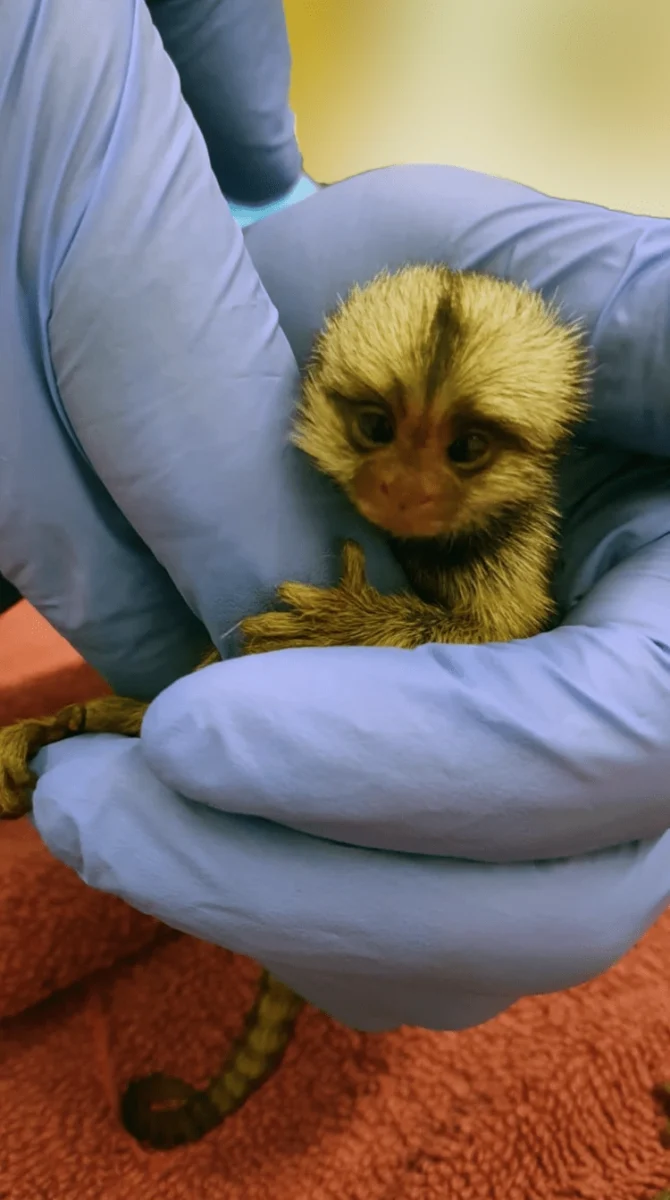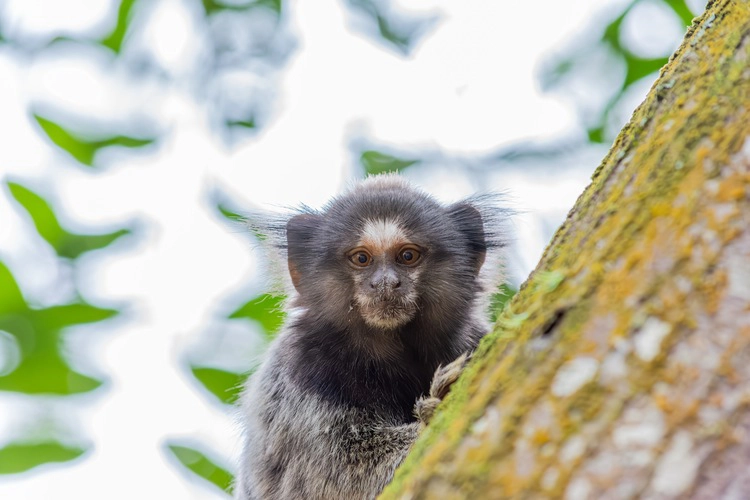
Monkeys able to name one another in highly-advanced cognitive skill seen in few species in the animal kingdom
By
A new study conducted by Hebrew University has revealed that marmoset monkeys are able to vocally label each other using high-pitched whistling-like calls known as ‘phee-calls’, a behaviour previously only attributed to humans, dolphins and elephants.
To uncover this, a team of researchers – led by graduate student Guy Oren and Dr. David Omer from the Safra Center for Brain Sciences (ELSC) – recorded conversations between marmoset pairs as well as interactions between monkeys and a computer system. In some experiments in the study, a pair of marmosets – with varying relationships to one another – were left to interact with a barrier separating them, to prevent them identifying each other. Upon analysing the vocalisations, researchers uncovered that marmosets used different phee-calls for each monkey on the other side of the barrier.

‘Primate vocalisation was long thought to be genetically predetermined and inflexible, making it irrelevant to the evolution of human language,’ said Omer. ‘Our findings, however, challenge this assumption.’
The study also found that marmoset family members within a specific group use similar vocal labels to address different individuals, similar to how humans adopt names and dialects. Researchers believe this skill may have been evolved by the monkeys to help them stay connected in the dense, thick forests of their natural habitats, as well as strengthening social bonds.
‘Marmosets live in small monogamous family groups and take care of their young together, much like humans do,’ Omer continued. ‘These similarities suggest that they faced comparable evolutionary social challenges to our early pre-linguistic ancestors, which might have led them to develop similar communicating methods.’
The fascinating communication of marmosets
The recent study is not the first to highlight the impressive communication abilities of marmosets. Other research has gleaned an insight into the monkeys’ ability to learn to ‘talk’ as infants after mimicking their parents. As with human babies – who experience dramatic changes in their ability to speak, largely thanks to imitation and social feedback – marmosets were also found to undergo a similar process as they age.

Marmosets are also apt at taking turns while communicating. Even in ‘conversations’ of up to thirty minutes, marmosets phee-calls never overlap with one another. A pause of around five seconds is observed between marmosets before they respond, and even then, the rhythm of their replying phee-call is adjusted depending on that of the initial call – a pattern observed in humans, but not our closest primates, chimpanzees.
Most interestingly, a key insight into their communication is that marmosets are able to eavesdrop on other conversations. Just like humans, marmosets make decisions about others based on what they hear, and are more likely to engage with a cooperative stranger than an uncooperative one.




